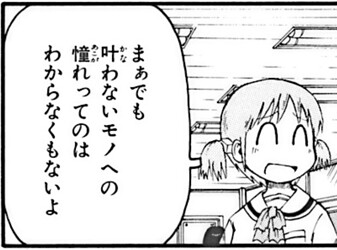And here are some missing grammar points from ch. 14:
And here is chapter 15.
This one corresponds somewhat, but is not listed in the Tobira path.
This one has a grammar point associated with it, but it’s not in ch. 15 of the Tobira path (though it is in 6, for some reason it’s in Tobira twice). It’s also slightly lacking, as it only mentions the ‘both… and…’ meaning, not the ‘some… others…’ meaning.
I noticed the てしかたがない and て以来 grammar points are the wrong way round in the Tobira path. てしかたがない comes first in the book.
I also believe this grammar point is missing:
In chapter 10, there is this usage of という:
But in the Tobira path, there is just the normal ‘quoting something’ という. None of the example sentences show this particular ‘hearsay’ usage of it where it is at the very end of the sentence.
We have 〜てほしい, but not 〜てもらいたい and 〜ていただきたい. There is a note about 〜てもらいたい on the 〜てほしい page, but I’d love separate grammar points for those, so that we can practise with those sentences (otherwise I’ll just end up forgetting  ).
).
Shin Kanzen Master N3 Bunpou also lists 〜(さ)せてもらいたい, 〜(さ)せていただきたい and 〜(さ)せてほしい (p. 44). One could argue that they are superfluous and easy to figure out if one already knows 〜てほしい, 〜てもらいたい and 〜ていただきたい. Here too, though, I would argue that the more practice the better!




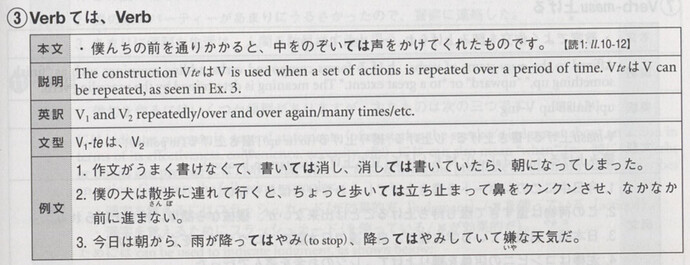



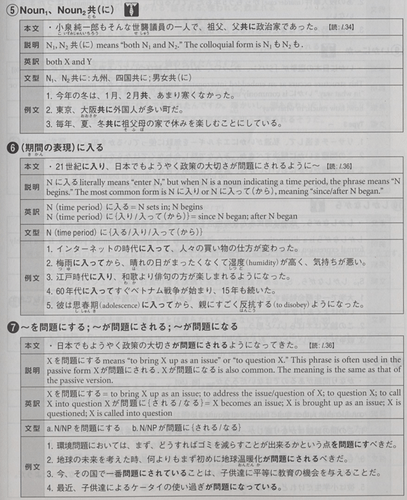
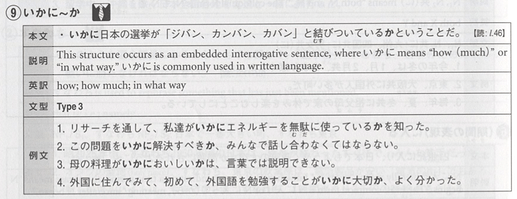

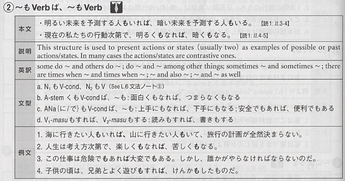
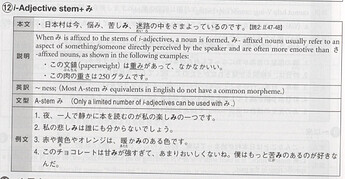
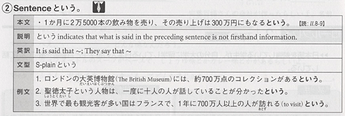
 ).
).
